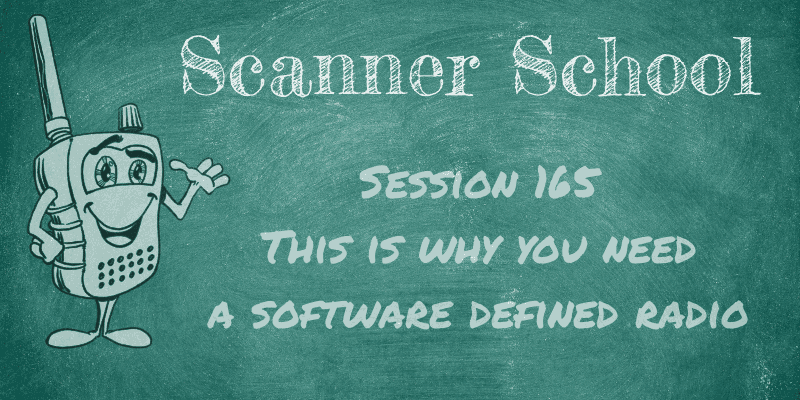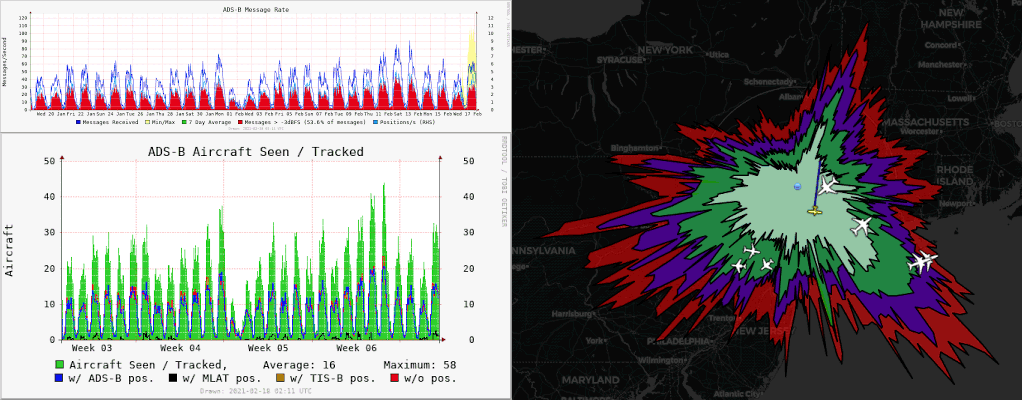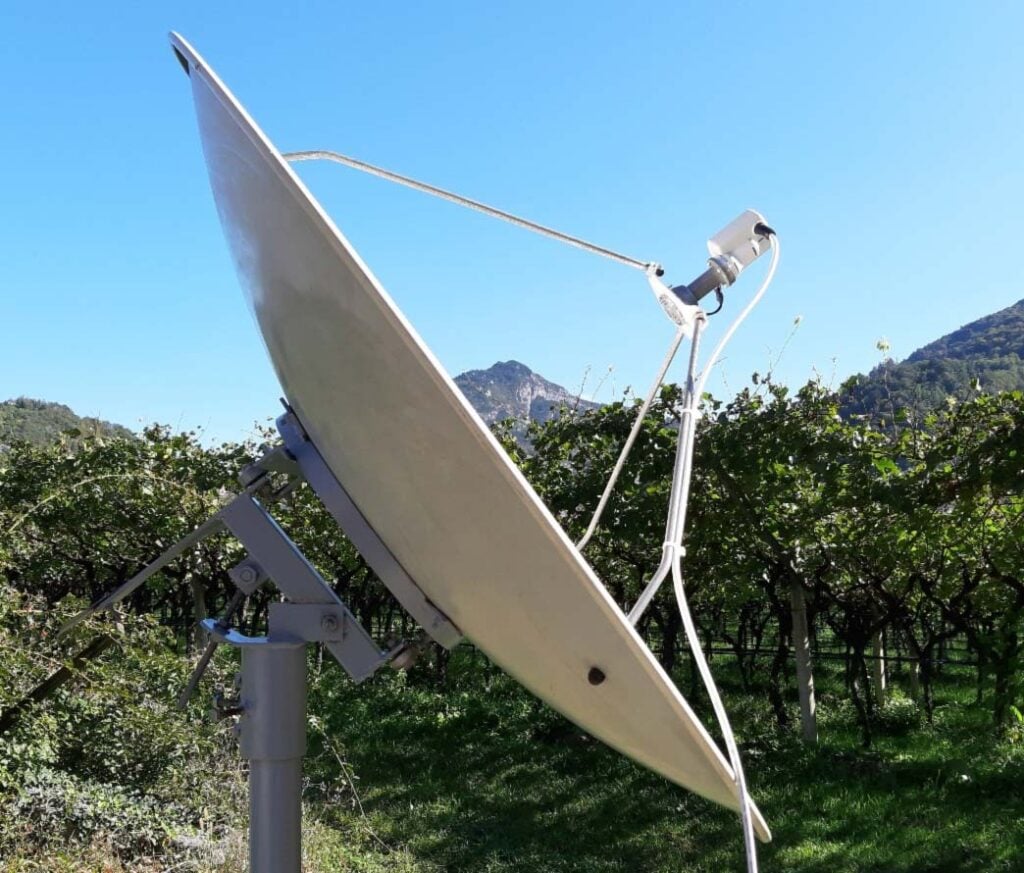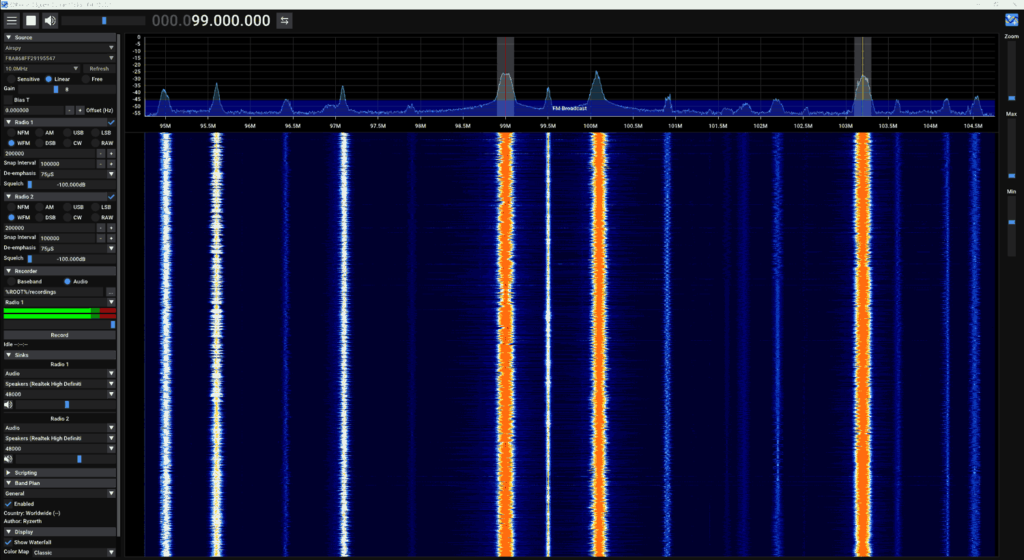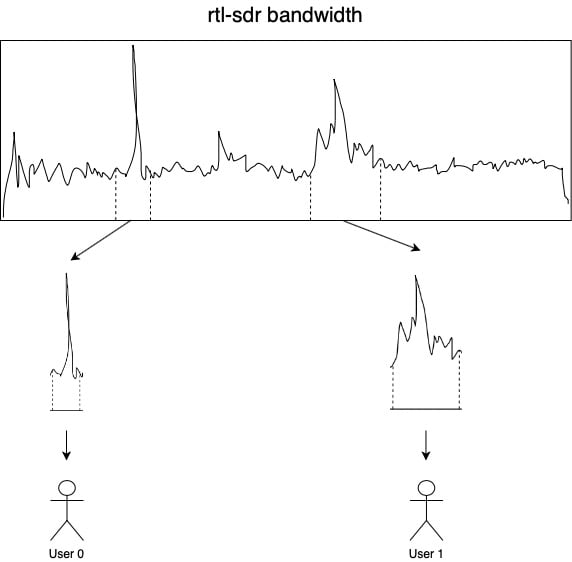Engineer and Beauty Queen Xyla Foxlin sends an RTL-SDR and Miss America Crown to Space in a High Altitude Balloon
Xyla Foxlin is a Mechatronics engineer, entrepreneur, and beauty queen who amongst many other titles is also a STEM YouTuber. In her latest YouTube video Xyla sends her Miss America crown that she received as winner of Miss Greater Cleveland 2018 to space on a high altitude balloon.
In the video she explains her beauty queen journey, shows the balloon prep, launch and recovery and well as the video of the crown ascending into space via an onboard camera. Whilst not specifically mentioned in the video, in the description of her video she also notes that the scientific payload of the balloon was an RTL-SDR.
The scientific payload was an RTL SDR radio receiver recording spectrum data from FM broadcast stations as it ascended. This was a collaboration with my friend (and PhD candidate in Electrical Engineering) Kristina Collins, with the goal of submitting a paper to HamSCI eventually. (Collaboration means she did most of the payload and I did most of the get-it-to-the-stratosphere part)
We were able to track the payload in real time all the way to 112,00 feet because we flew an APRS transmitter using my Amateur Radio Callsign. This let anyone following me watch it in real time as well, it even flew over one of my fan's houses! If you plan on launching a weather balloon, I HIGHLY recommend getting your HAM license so you can fly with APRS.
EDIT: Please note that violent and hateful comments will be removed - they have no place on this technical blog. This post is about an interesting individual who has done something interesting that promotes the radio hobby. We look forward to more work from Xyla and anyone else promoting ham radio, and radio projects in general.

